The end of a year, while a sign of a journey's close, sometimes begins with a fresh page, and a new story to follow. Yet, some things are destined to end, without a future to look on. On December the 31st, 2019, Volkswagen released a heartfelt video which officiated the end of the Volkswagen Beetle, after having spent some years in limbo.
It was a touching farewell. For the commoner, and the car enthusiast alike - the Beetle was a legend, either loved or hated. It spent almost 70 years in production, and throughout its many iterations, over 21 million Beetles were sold, and made its bug-like silhouette a friendly and recognisable face across every corner of the globe.

Credits to: GIPHY
However, while Volkswagen may have marked the end of the Beetle for now , from a spiritual standpoint, it's not yet dead. In fact, the Beetle still lives strong, even until today, but in a different form. Now, buried in its DNA, the Beetle formed the core for one of the world's most recognised and praised sports car, the Porsche 911.
A Bug's Life.
While the Beetle was represented as humble and simple, in actuality it was conceived in grandeur. During the economic revival of pre-war Germany in the 1930s, Adolf Hitler wanted to created a "people's car", or the volks-wagen, with the characteristics of a vehicle that was practical, reliable, and cheap.
It certainly was the case, as the Volkswagen Beetle was a people mover - affordable, approachable, simple, and lovable. It was beloved as a darling to many people, from hardworking, blue-collar workers in overalls, or to hippies and graduates wanting some freedom to express themselves.
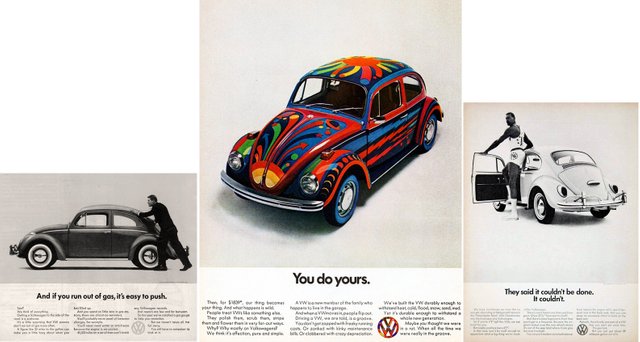
Credits to: UNC Charlotte

Credits to: Hip Agency
The Beetle also became an icon for the 1960s and 70s, as a symbol of activism and civil rights movements across the world. Volkswagen's clever, honest, and witty "Think Small" advertising campaigns were a success, and it helped more people to understand that a car is a reflection, and an extension of one's own character, and that "thinking small" empowered many people for generations to come.
The "small is big" idea carried onto the big screens as well, as it continues to captivate the eyes of the public by its celebrity status following the "Herbie the Love Bug" series of movies. It became a star, and also associating with the "Think Small" commercials, Herbie is presented as the underdog, often winning in races against larger, more powerful cars.


Credits to: GIPHY
As much as it was a social icon, the Beetle was also a business success, helping to create the modern Volkswagen today, with its Golfs and Polos. One of its main catapult for that success, was the very same, empowering "Think Small" message.
Contrary to many extravagant and colourful commercials at the time, the Beetle's advertisements were in black and white, and presented simplistic and witty messages that revolutionised advertising. In fact, the very same imaginative thinking from those Beetle years carried onto Volkswagen today.
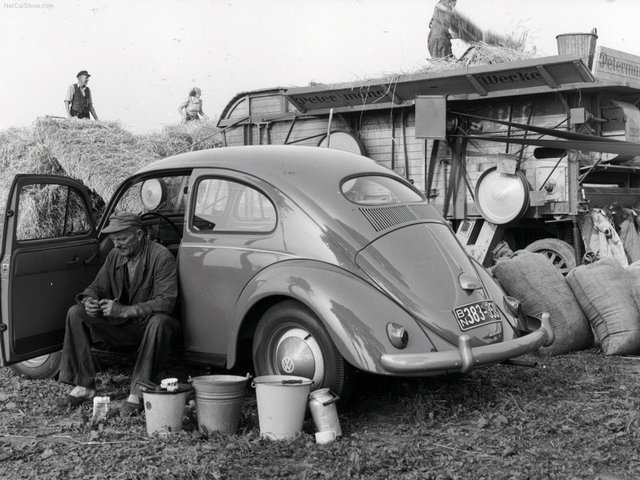
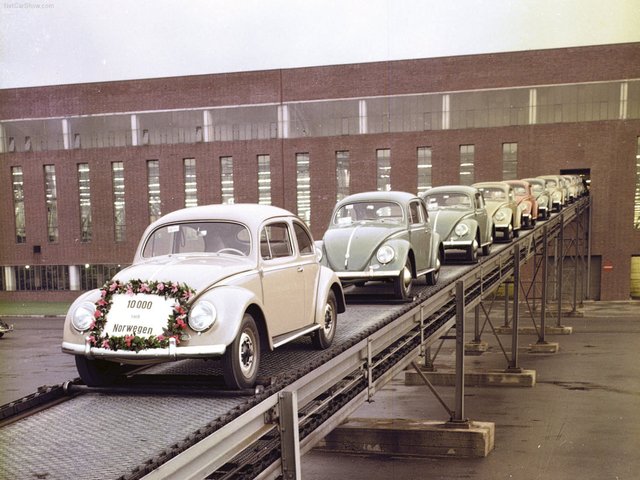
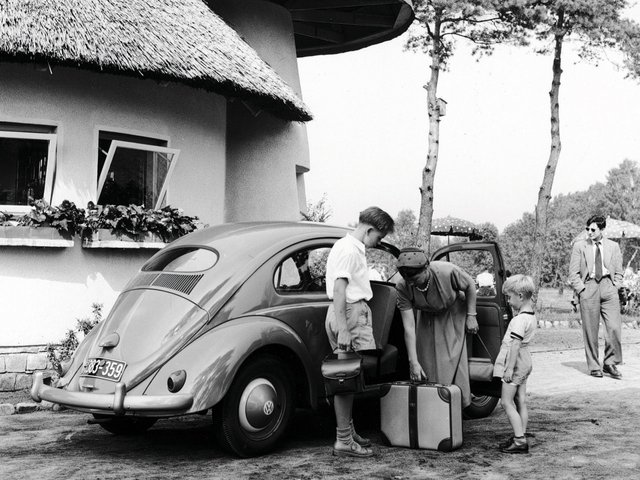
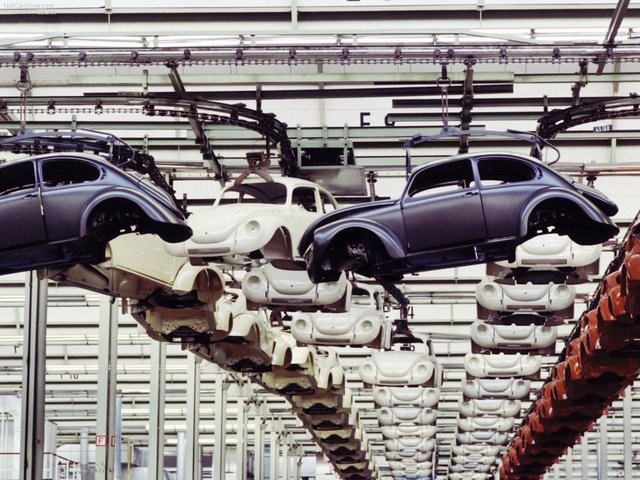
Credits to: NetCarShow
Its advertising also came along at a crucial juncture in history, as fuel shortages meant that fueling stops became more costly. This presented an incredible opportunity for small cars like the Beetle, and it arguably marked the first major disruption in the automotive industry after the Second World War.
Burdened by expensive fuel, American households found it difficult to afford, and continue running large, gas-guzzling cars from Detroit. Thus, the Beetle, alongside countless other smaller European, and Japanese carmakers, shook up the car market in the United States, with their fuel-efficient, clever, and practical automobiles.

Credits to: GIPHY
It became one of history's best selling cars, having sold 21,529,464 units, according to Wikipedia. The majority, some 15 million cars were made in Volkswagen's Wolfsburg factory, while the remainder were made in Brazil for the Beetle's later iterations. While the Beetle were officially sold in coupe and convertible forms, many were modified to fit all kinds of purposes, from military vehicles, to dune buggies, and police cars.
Thinking Big.

Credits to: GIPHY
While we mourn, as Volkswagen transitions away from the old era of Beetles, its identity still remains with us till this day, as a petrol-blooded, enthusiast's fever dream - the Porsche 911. A simple car for the masses, the Beetle also spawned one of the most venerable and famous nameplates around.
The ancestry of the 911 began with the Beetle, and while it has evolved greatly over the decades, it shared many similar traits to its forefathers. The iconic beetle-like shape, to its rounded headlights, and the very fact that its engine sits behind the rear-axle - are unmistakably the core design of a Bug.
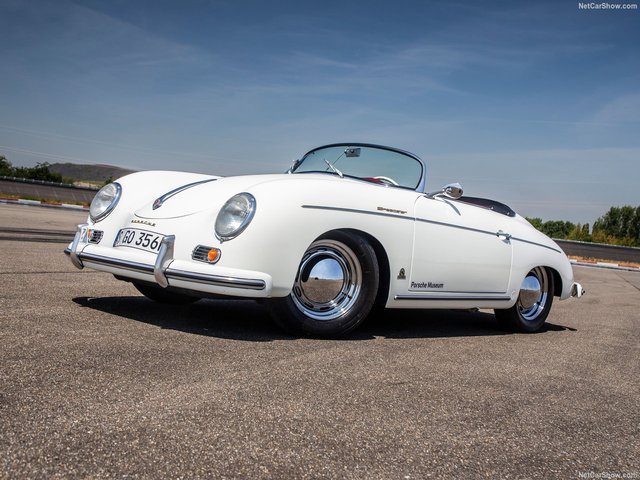

Credits to: NetCarShow
Looking back at history, we begin with Dr. Ferdinand Porsche, the very person that was entrusted by Hitler to create the "people's car", which we later know as the Beetle. After the Second World War had ended, Ferdinand Porsche was imprisoned after being accused of war crimes, perpetrated by his assistance in engineering war machines for the German military.
As he remained locked up in a French prison, his son, Ferdinand "Ferry" Porsche Jr., and his daughter, Louise Porsche, continued to run the family business. Ferry was an engineer by trade, who created the wonderful sports cars with the Porsche name, while Louise was a businesswoman, who made those Porsche sports cars popular, and sold them around the world.

Credits to: StuttCars
On a side-note, Lousie Porsche later married Anton Piëch, which helped to kickstart the Piëch-Porsche dynasty that long reigned over Volkswagen. The two siblings continued their father's hard work, with components borrowed from, you guessed it, the Beetle.
With the exception of the tanks which their father had built for the army, the Porsche siblings created the very first vehicle with their family name on it, the 1948 Porsche 356. If you ask any car enthusiast, Porschephile or not , they will tell you how special the 356 was, and what it meant for the Porsche brand. By sharing parts with the Beetle, the 356 looked very similar to a Beetle, even sharing its air-cooled, rear-engine layout.

Credits to: GIPHY
By 1960s however, the famed 356 was becoming outdated, and a successor was planned. With Ferry's engineering, his son, Butzi's design (pictured below ), and Louise's business savvy, they started work on the Porsche 901. Due to legal conflicts with Peugeot surrounding the trademarked name, it was later changed to 911.
It was an instant hit - a simple, unadulterated sports car for the driving enthusiast. From there, the 911 created an industry on its own, from special editions, race cars, speedsters, rally cars, and so on. The rest, as they say, is history.

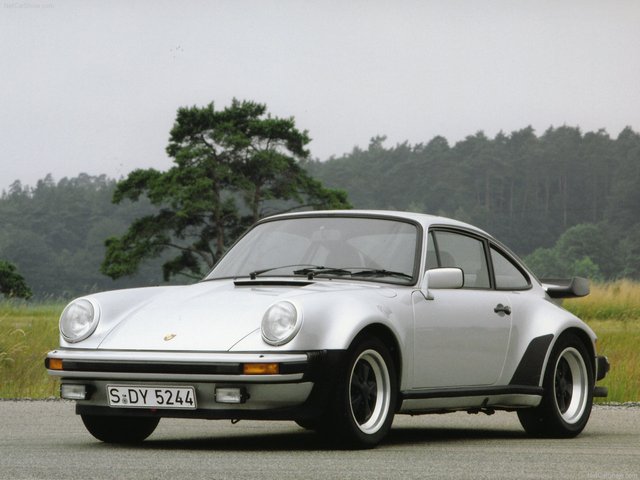
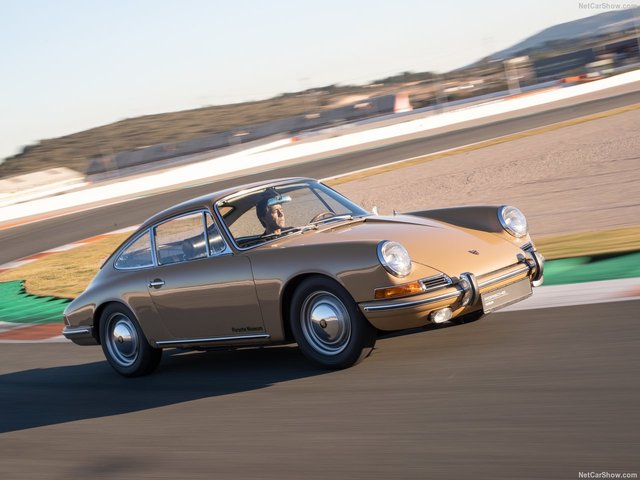
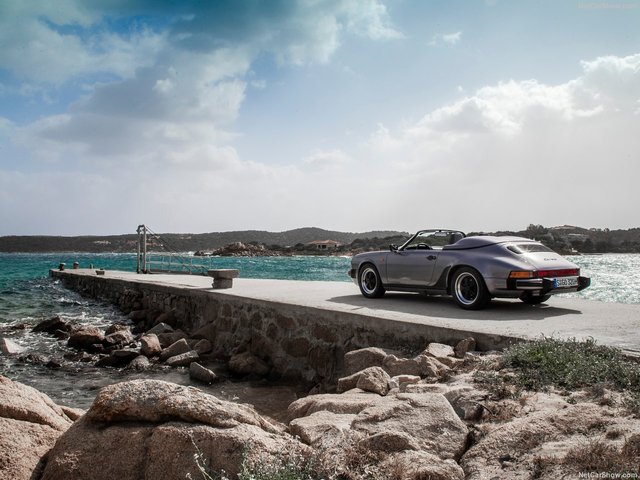
Credits to: NetCarShow
A Beetle reborn?
Today, Volkswagen is the world's largest carmaker, in an industry that is facing a tectonic shift from its age old traditions. Throughout its sprawling headquarters, the people at Volkswagen are in the midst of preparing to launch their I.D. series of electrified vehicles.
Underpinned by a shared architecture, Volkswagen has shown us, at least in conceptual form , that our electric future for cars will be exciting and colourful. The I.D. series of cars will have a modular platform, one which will allow Volkswagen to adapt various forms and sizes of cars, from hatchbacks, to minivans.
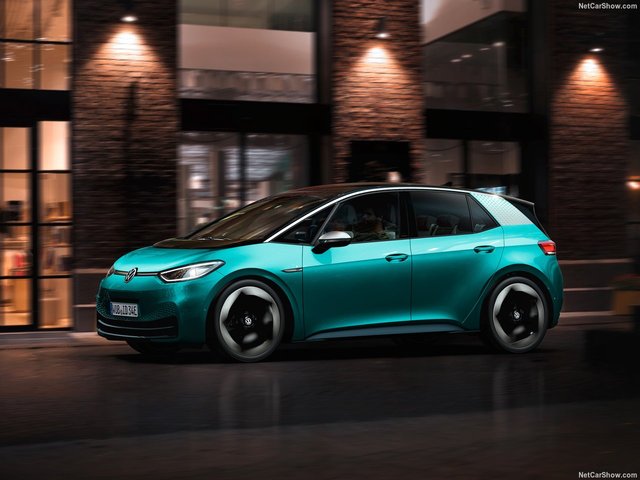

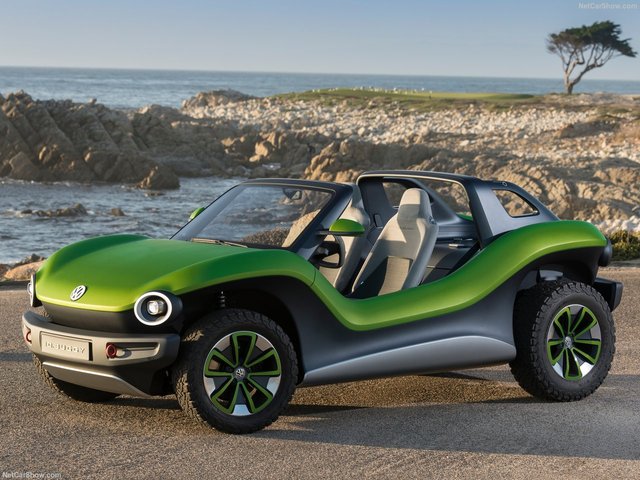
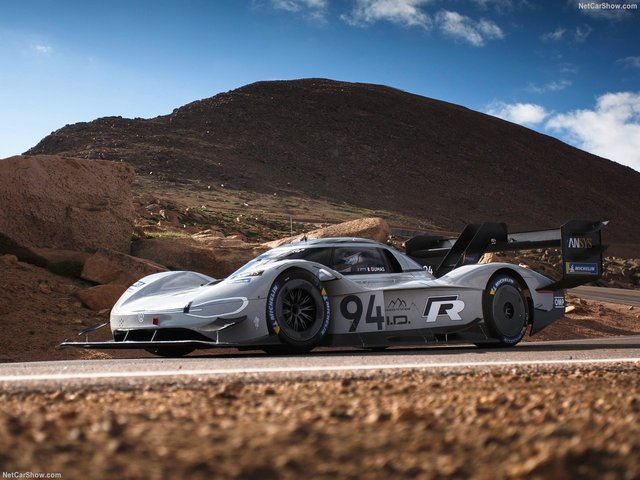
Credits to: NetCarShow
Among the concepts shown for the future of I.D. - are campervans, inspired by the famous Combi vans from the Beetle-era, and also a dune buggy, from which its early origins were built on top of a Beetle. With a scent of nostalgia in the air, could Volkswagen consider the creation of a new Beetle, one built unto the I.D.'s electric underpinnings?
There's still hope, and so long as that ember does not turn into ashes, one may argue that our beloved Bug might just come back.
Credits to: The Last Mile - Volkswagen USA
Questo post è stato condiviso e votato all'interno del discord del team curatori di discovery-it.
This post was shared and voted inside the discord by the curators team of discovery-it
Downvoting a post can decrease pending rewards and make it less visible. Common reasons:
Submit
Thanks for the support, @discovery-it!
Downvoting a post can decrease pending rewards and make it less visible. Common reasons:
Submit
Manually curated by the Qurator Team in partnership with @discovery-blog.
Keep up the good work!
Downvoting a post can decrease pending rewards and make it less visible. Common reasons:
Submit
Cheers, @qurator :-)
Downvoting a post can decrease pending rewards and make it less visible. Common reasons:
Submit